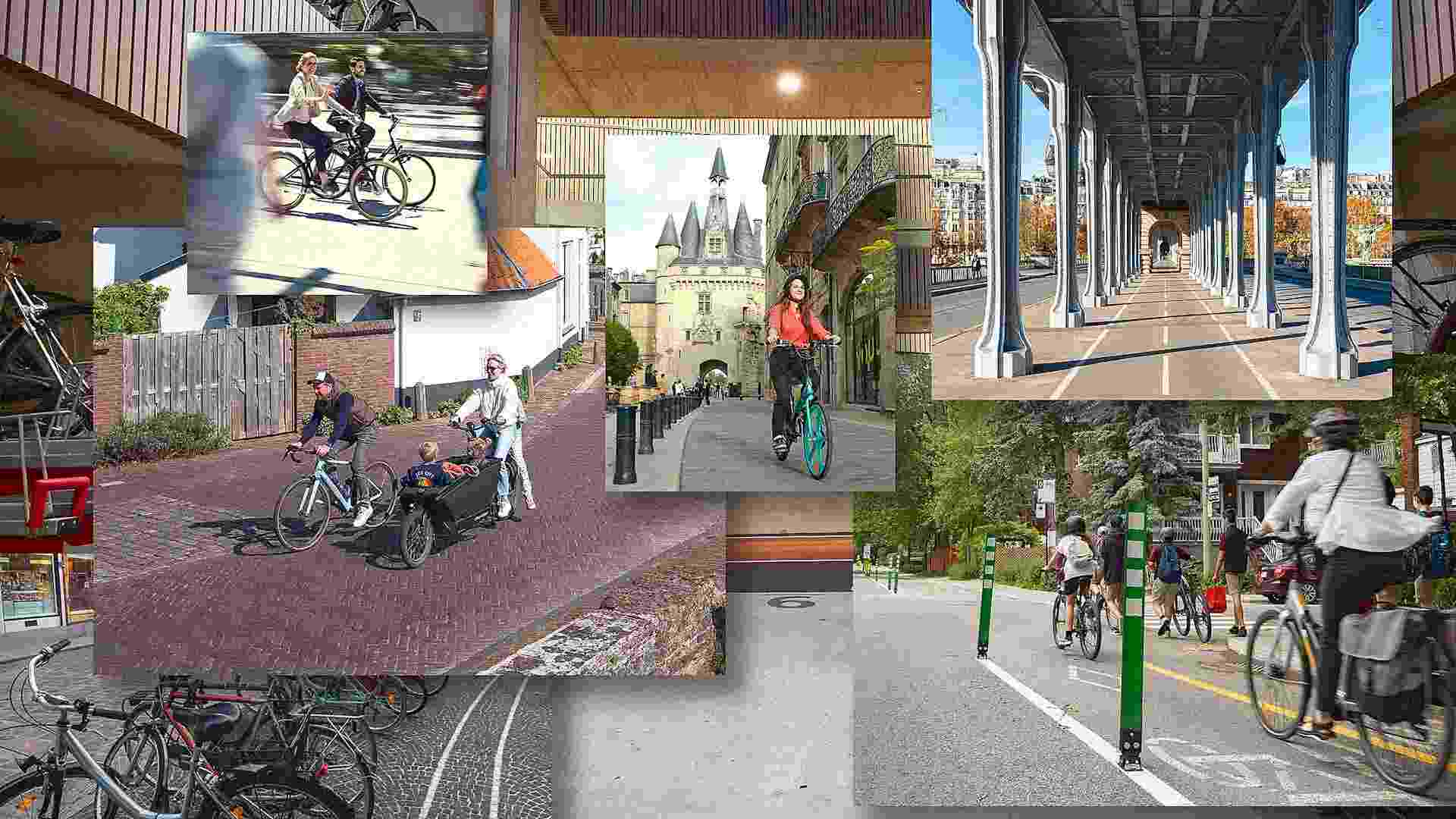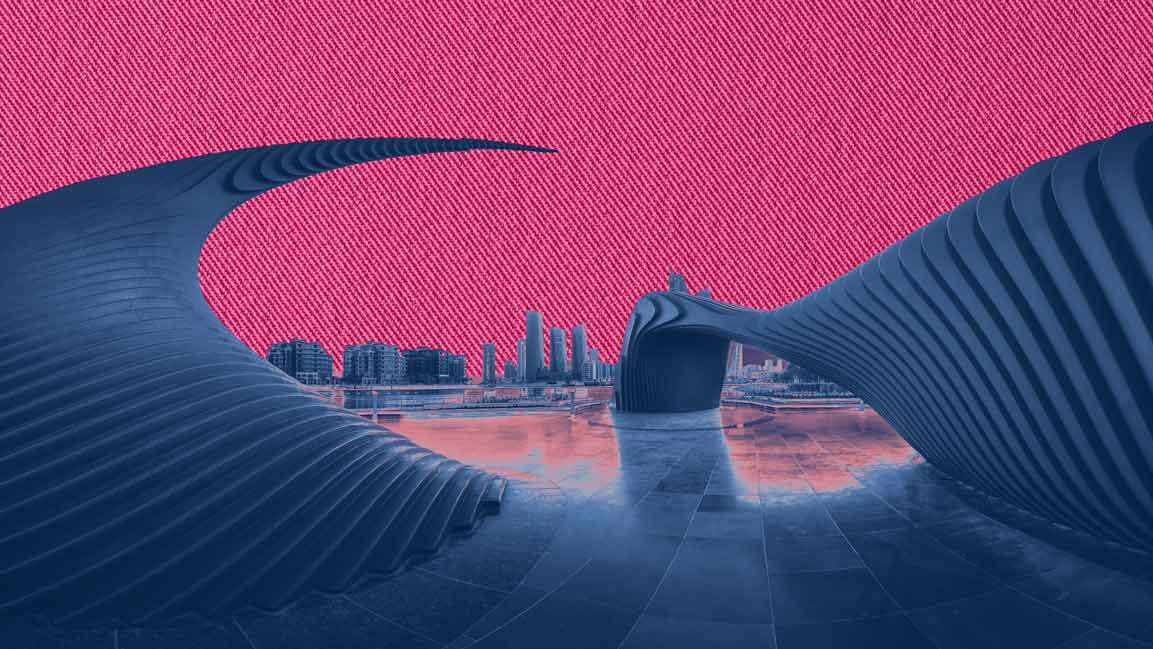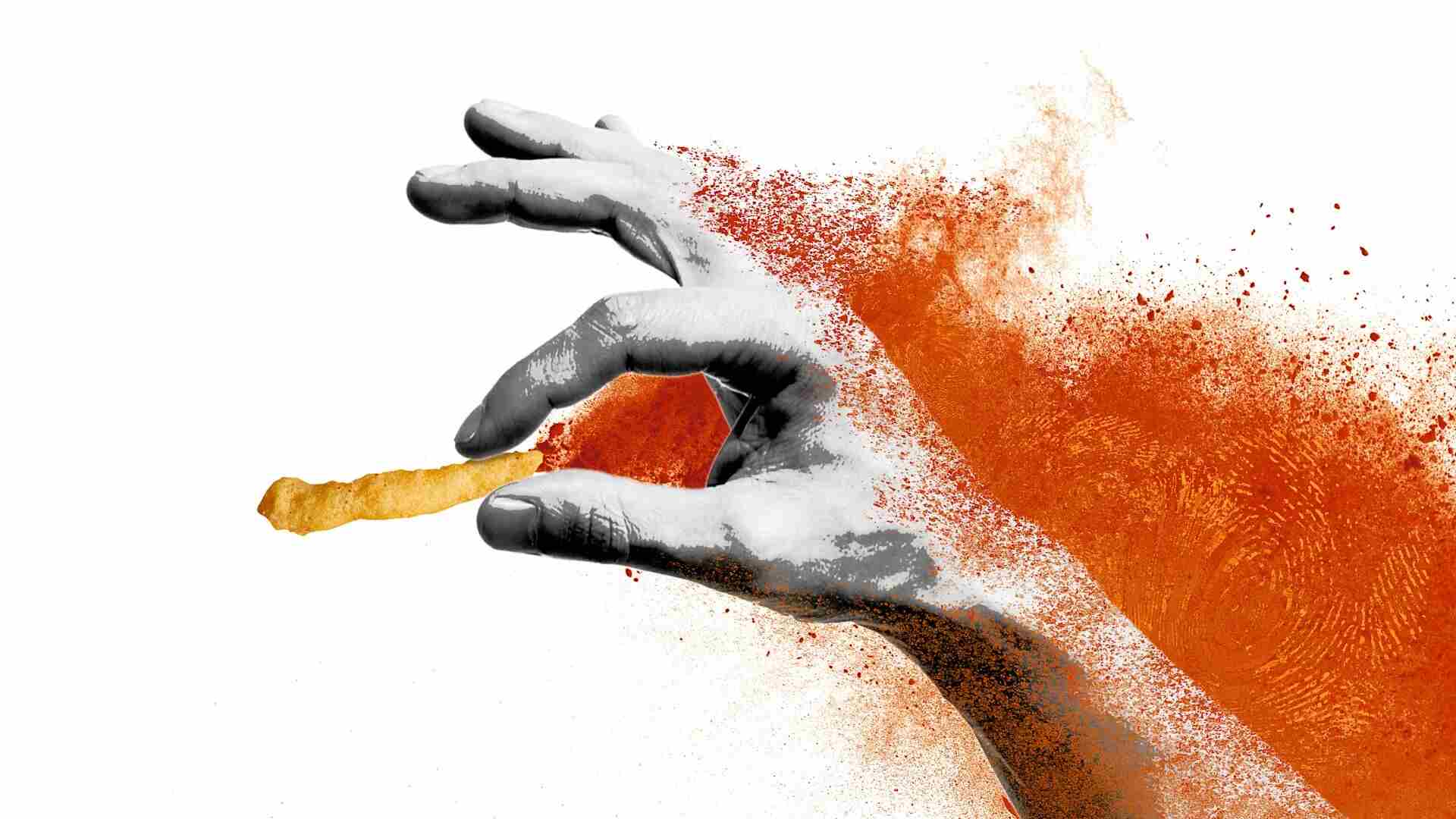- | 9:00 am
What if design ideas aren’t futuristic but emotionally intelligent?
In the Middle East, many public space designs are meant for luxury shoppers, tourists, and tech users. However, for many, the built environment can feel alienating.

Across the Middle East, there are visual statements—towering facades, immersive installations, tech-embedded environments. Yet beneath the spectacle, an important question is gaining urgency: What problems are we not designing for?
Loneliness. Displacement. Microclimate inequity. Digital fatigue. Transient communities.
In an era obsessed with innovation and speed, the quieter, emotional, social, and environmental crises too often go unspoken and unresolved.
“Design has the power to reshape behavior, culture, and consciousness — but it’s still too often focused on surface or trend,” says Karim Rashid, a globally renowned industrial designer. “We’re not being asked enough to design for loneliness, isolation, or the aging population.”
But that’s beginning to change. A growing number of architects and designers across the region are listening more closely and responding to what they see and feel.
WHO GETS LEFT OUT?
Public space design is often curated for a narrow demographic—luxury shoppers, tourists, and tech users. However, for many, the built environment can feel alienating or exclusionary.
“Transient communities such as laborers, service staff, or even young people without high disposable income are often overlooked,” says Abdalla Almulla, an Emirati architect and founder of MULA, a Dubai-based design practice.
“A more inclusive design would consider spaces where people can gather without needing to spend, where shade, comfort, and accessibility are offered as a right rather than a luxury.”
For Almulla, inclusivity isn’t an abstract ideal; it’s a matter of design choices at the human scale: informal seating, shaded corridors, water features that cool rather than decorate, and flexible spaces that invite diverse use. It’s about designing with the city’s real users in mind, not just for the most visible ones.
DESIGNING FOR FORGOTTEN SENSITIVITIES
The region’s rapid modernization has often overlooked indigenous knowledge systems, solutions that were once deeply attuned to the environment and social rhythms.
“Wind towers weren’t just technical solutions,” says Almulla. “They embodied a deep environmental sensitivity. Reimagining them as urban-scale devices that channel airflow could address today’s microclimate challenges.”
Similarly, Almulla points to the traditional majlis as more than cultural furniture—it was a spatial code for respectful social interaction. “It guided interaction, respect, and hierarchy. Reintroducing that kind of intentional staging in contemporary design could help re-establish meaningful connections between people and place.”
He notes that the key is not mimicry but logic—translating traditional systems into modern solutions, not as heritage symbols but as tools for human-centered design.
LISTENING BEFORE DESIGNING
Andrea D’Antrassi, Associate Partner at MAD Architects, sees this shift as essential to the future of architecture. “We are living in a very peculiar era,” he says. “People’s needs are different and much more linked to contemporaneity than before… The most crucial part is the study that lies before starting to think of a hypothetical design.”
For D’Antrassi, design is not just about form; it’s about foresight. Before aesthetics comes analysis: understanding the community, the environment, and the problems embedded in the site. “An artistic vision without foundation is fruitless,” he adds.
His firm’s YueCheng Courtyard Kindergarten in Beijing exemplifies this philosophy. Nestled between historic hutongs, the project strikes a balance between preservation and progress, designing vertically to maximize light, airflow, and play while preserving the spatial intimacy of the neighborhood. It’s a model for how under-acknowledged urban pressures, like childhood well-being or historical continuity, can be solved through bold, context-aware design.
THE FUTURE CITY ISN’T A SMARTER ONE
As Gulf cities evolve into global innovation hubs, they also risk becoming overstimulated, algorithmic environments that leave little room for contemplation or emotional well-being.
“Cities are loud in every sense,” says Rashid. “They scream through signage, sirens, and screens. Sensual minimalism is an antidote… Infrastructure should flow like a single organic gesture. Benches that welcome, not reject. Transit systems that feel intuitive, tactile, calm.”
This idea is slowly gaining traction in urban planning projects across Doha and Abu Dhabi, where cultural and civic zones embrace biophilia, ambient light, and analog interactions to reduce cognitive fatigue and re-center human experience.
And in the digital sphere, Rashid urges designers to go deeper. “Our digital lives have become cluttered, performative, and addictive— this is not neutral. Designers today must be ethicists as much as aesthetes.”
Often, the most meaningful design interventions come not from invention but from re-evaluation.
“One instance in my practice involved working with palm waste,” says Almulla. “What started as a way to reduce material waste evolved into a deeper exploration of how overlooked resources can shape not just form but narrative.”
That reframing of waste as a resource, of silence as a signal, of tradition as a toolkit is emerging as a vital design approach for the Middle East’s future. D’Antrassi says, “We need to think differently about the idea of a city. What makes a city a city? What are the real needs that need attention, especially solutions?”
EMBRACING AN EMPHATIC DESIGN CULTURE
Design is no longer just about answering a brief. It’s about uncovering what the brief misses—the undercurrents of need that statistics and surveys can’t quantify.
From wind towers to waste materials, from shaded seating to digital sanctuaries, the most urgent design work today is not loud nor large-scale—it’s deeply attentive. It listens to who isn’t speaking. It sees what isn’t visible. And it acts where no one else is looking.
“Design must move beyond symbolism and trend,” Almulla says. “It has to respond to the truth of our time—and the truths we’re still learning how to see.”





































